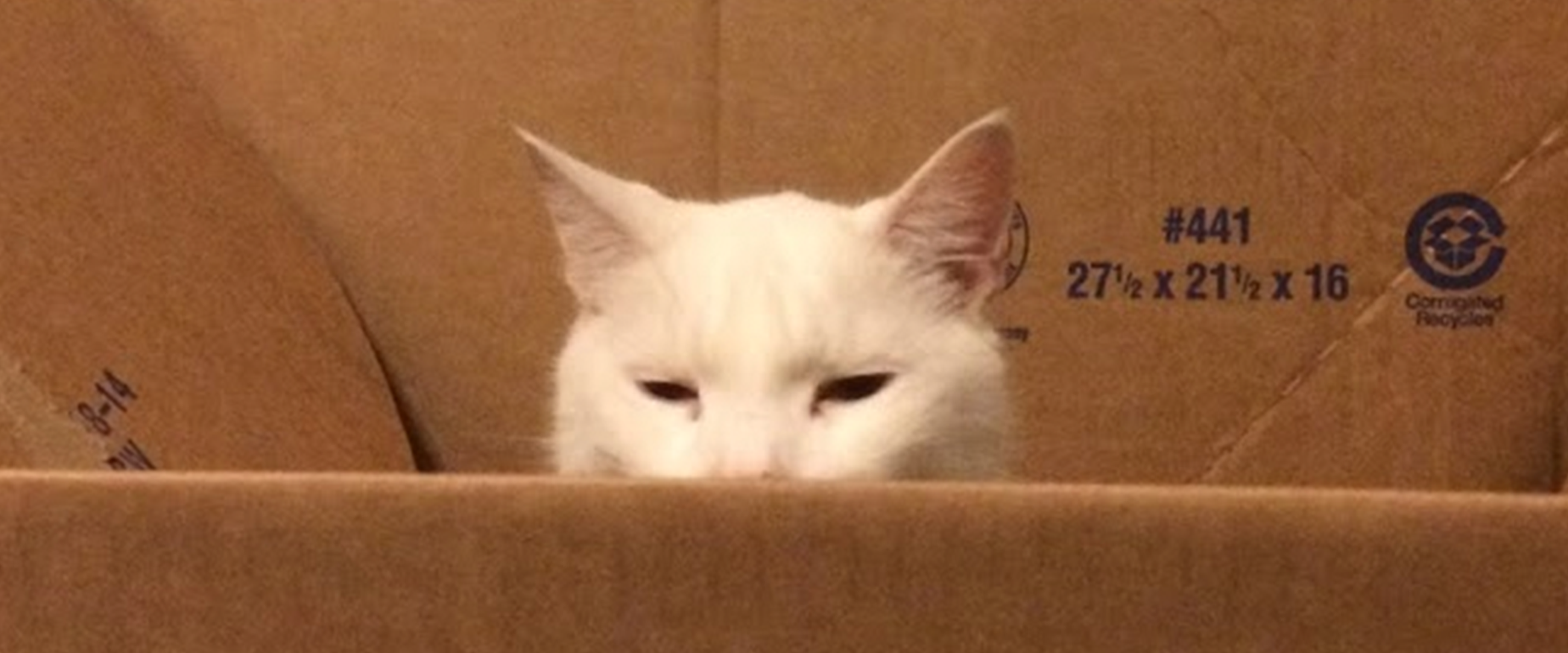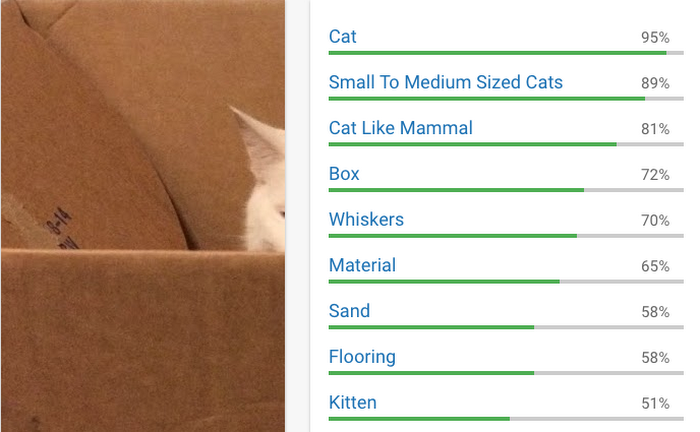On cats, TPUs, and pushing the boundaries of our imagination

Adrian Otto
Technical Director, Office of the CTO, Google Cloud Platform
When I grew up in the 1980s, my mother worked at Xerox. Her colleagues at PARC, the venerable research and development center in Palo Alto, were pushing the boundaries of technology innovation. I remember a dinner conversation when she talked about how humans are really good at recognizing things, but computers are not. You can show any three-year old child a picture of a cat, she said, and they’ll immediately recognize it as a “kitty”. If you showed a computer a thousand pictures of different cats, it still couldn’t recognize a new image as that of a cat.
“That will probably never change,” she asserted.
You know where I’m going with this. Today, anyone who’s ever used Google Photos knows that not only can a computer recognize an image of a cat, it can even recognize a fragment of an image of a cat. An image that you or I would identify as a cat with only 60 or 70% confidence, the Google Cloud Vision API can identify with 95% confidence in milliseconds. It knows this because of the stunning progress we’ve made in artificial intelligence (AI), image recognition and computational efficiency. Together, these advances have enabled neural networks that can be efficiently trained against literally millions of pictures of cats.


This year, we introduced Google Cloud AutoML, which puts the ability to train advanced neural networks within reach of every enterprise developer. Last week, we announced that our third-generation Cloud TPUs are now available to you as flexible cloud-based infrastructure. TPUs can be used to train the neural networks that translate your documents, transcribe your voicemails, and optimize your data center cooling, just like we do! Further, you can use these same TPUs with containerized workloads running on Google Kubernetes Engine (GKE). With this combination—Cloud AutoML and Cloud TPUs—we are delivering on our promise to democratize AI, giving you the tools and the power you need to tackle really complex problems.
Let’s face it: There are lots of problems out there for which the human brain simply is not optimized. As a species, we are remarkable for the breadth of the different skills we can master. Learning language, walking on uneven terrain, detecting emotion—these are basic tasks for most people (but surprisingly hard for a machine). But ask us to juggle a working list of more than seven items in our minds, and our performance decreases dramatically. This is why AT&T Bell Labs chose seven-digits as the length of a phone number. This is also why people use Google Calendar rather than try to remember numerous appointments in their head.
With AI on the other hand, computers can juggle—and make sense of—astounding amounts of data. We’ve seen how AI can do fun things like play a game (DeepBlue, AlphaGo). Now, imagine applying AI to business problems like diagnosing disease, reducing traffic or train accidents, or maximizing investment yields. In my work with the Google Cloud Office of the CTO, I talk to lots of enterprises in banking, high tech, and retail. Everyone has a problem—a finite resource—that they would like to optimize for or gain insight into. Perhaps it’s reams of unstructured data from which they’d like to extract customer sentiment, or satellite imagery that they’d like to better understand. Those insights that you uncover with AI are all insights that you can use to gain business advantage—and now, with Cloud TPUs, you have the compute power you need to train your AI workloads quickly and cost-effectively.
Imagine for a moment what it would be like to combine the best qualities of humans with the leading strengths of computers. What’s possible? Can we cure disease, prevent war, lower traffic congestion, and live happier, healthier lives? I believe those may all be possible when we equip creative and motivated humans with tools and capabilities that push our current limitations. We are at the point now when we’ve blown past those limits. It’s real now.
Of course, it’s important to consider the moral and ethical dimensions of any new technology. Here at Google, we’ve codified these considerations into seven core AI principles against which we weigh any potential new AI application. It’s still relatively early days for AI, but we believe that these principles are a good place to start when thinking about using AI technology. Beyond that, how you choose to apply AI is up to you, limited only by the one thing that computers can’t recreate—your creativity. Computers may be good at making sense of lots of data, but it’s us who assemble and synthesize ideas into new and interesting combinations.
Like my mother said, that’s one thing that will probably never change.


